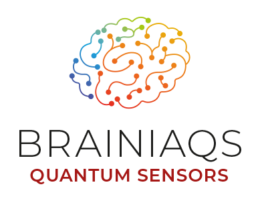About us
New generation of light microscopy with high depth and imaging resolution
The depth and imaging resolution of light microscopy are limited by the low specifications of light detectors. The goal of the EU-funded Brainiaqs project is to introduce quantum sensing technology for live tissue imaging by developing arrays of quantum sensors, based on superconducting single-photon detectors in a multi-photon microscope, to enhance imaging depth and resolution. A light-sensing technology idea was previously presented by the project partners and consists of multipixel superconducting nanowires, combining high efficiency with low noise and high time resolution. The current project will develop state-of-the-art technology, including cryogenic cooling systems, amplification and nanofabrication to build and operate an array of quantum sensors for integration in a multi-photon microscope, aiming at doubling the imaging depth and resolution
Project description
The goal of this project is to deploy quantum sensing technology in life sciences applications by developing and implementing arrays of quantum sensors, based on superconducting single-photon detectors, in a multi-photon microscope to greatly enhance imaging depth and resolution in live tissues. Currently the depth and imaging resolution in light microscopy is limited because of the low specifications of light detectors. A proof-of-concept light sensing technology, developed in a previous FET-OPEN project can overcome this limitation. This technology consists of multipixel superconducting nanowires that have shown to be extremely sensitive, combining high efficiency with low noise and high time resolution. However, in order to deploy these detectors in multi-photon microscopy, the active area of the sensor needs to enlarged with an order of magnitude. In this project Brainiaqs we will develop state-of-the-art technology, including cryogenic cooling systems, (cryogenic) amplification and nanofabrication to build and operate an Array of Quantum sensors. In addition the new device will be integrated in a multi-photon microscope and deployed in an experiment, aiming at doubling the imaging depth and resolution, with respect to current technique. This will be a huge breakthrough for biological imaging experiments.

